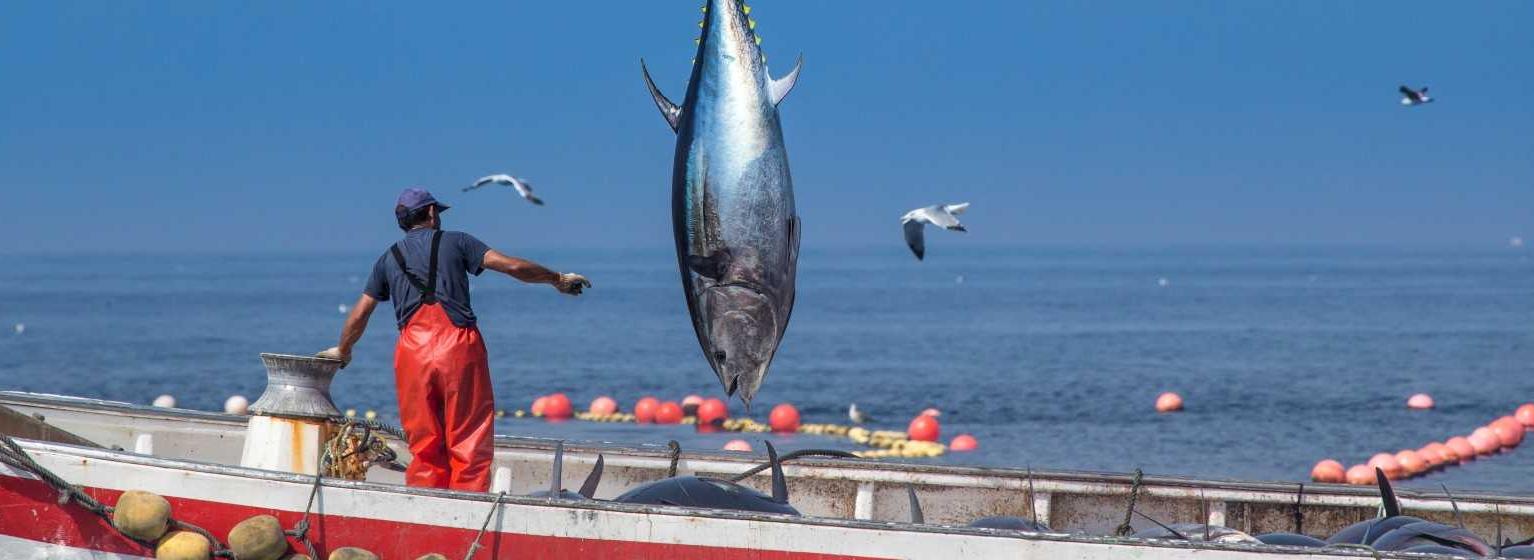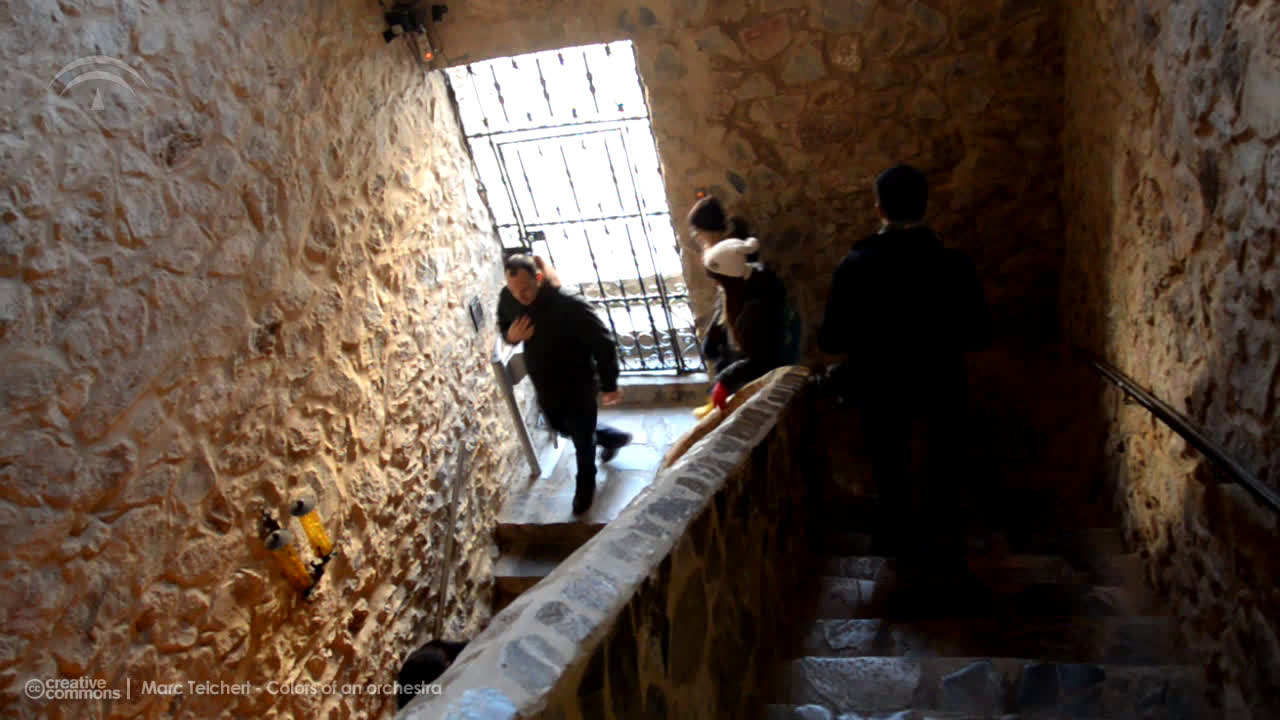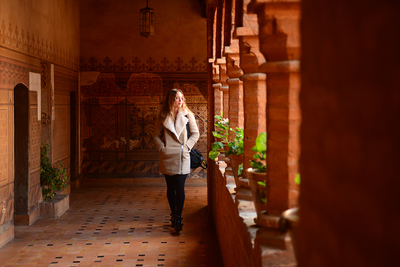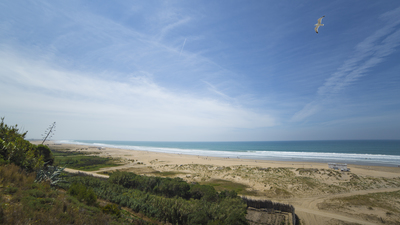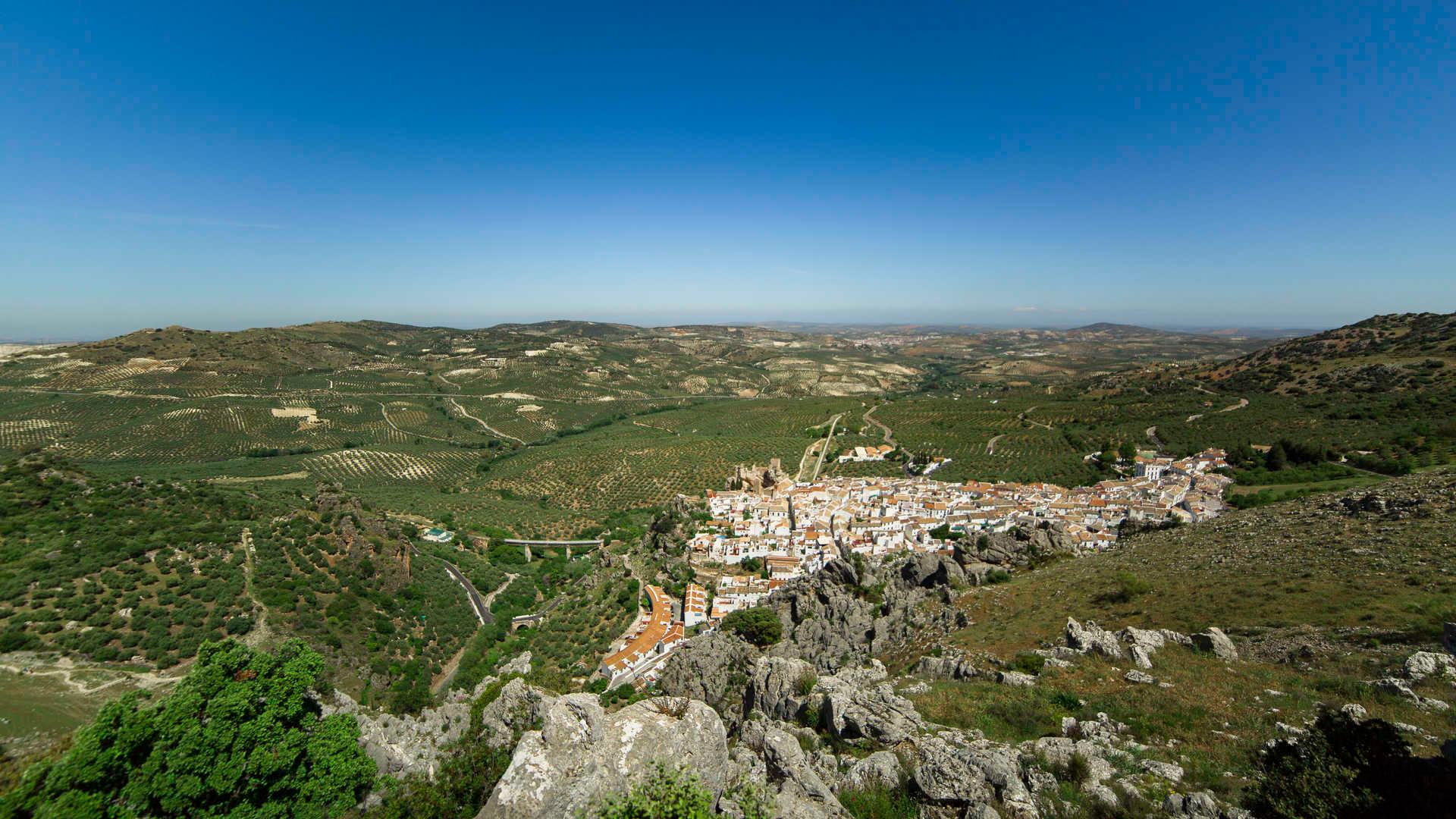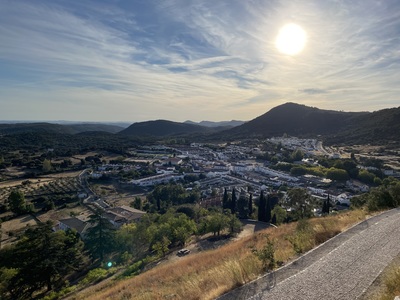Ancient Adra
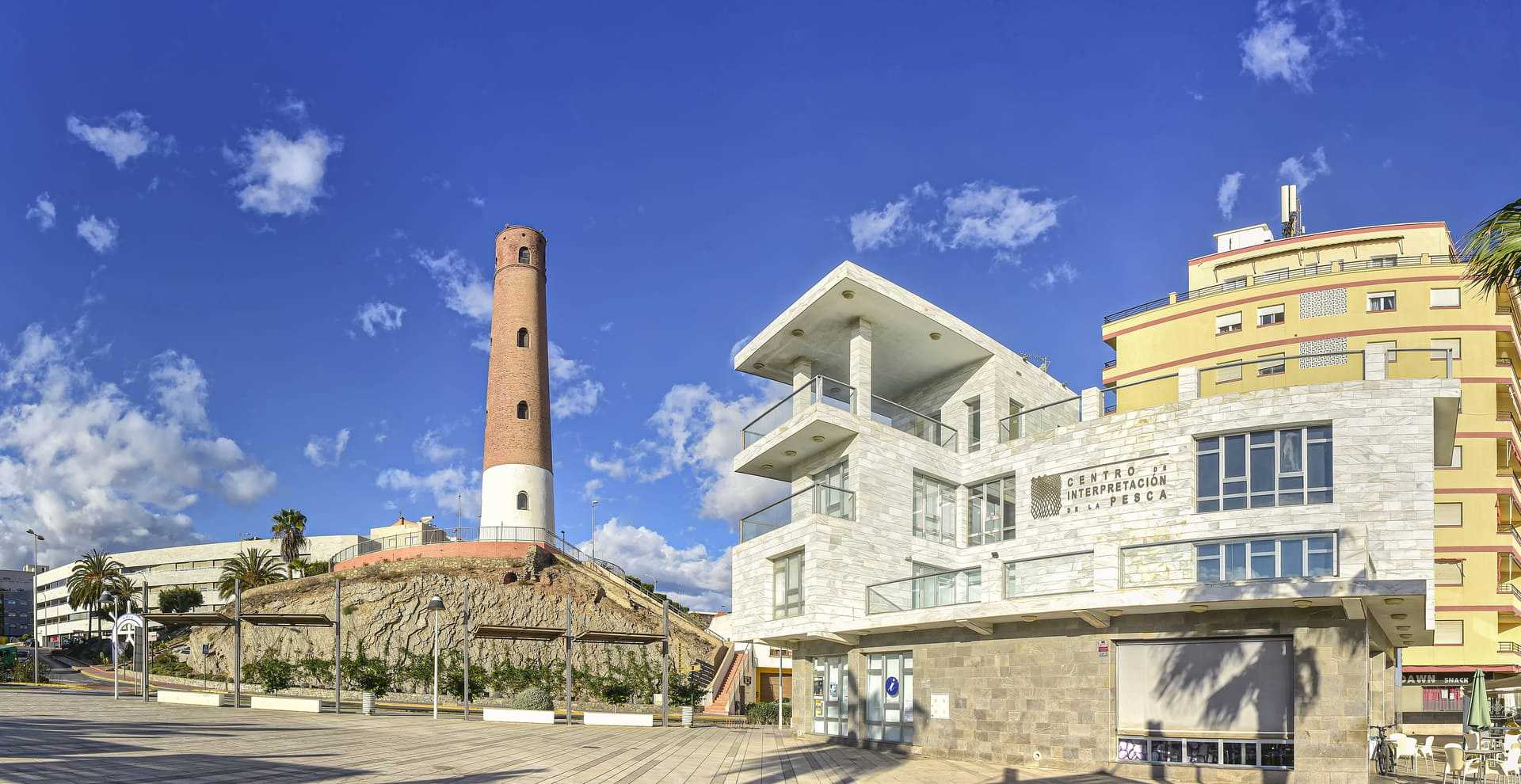
For centuries, Adra was proud of its extraordinary industrial culture, as evidenced by the stunning patrimonial legacy, a testimony to the different economic sectors in which it showed enormous prominence. Cane cultivation dates back to the 16th century, as certified by the mills and sugar mills used to obtain sugar, whose tall chimneys still attest to the incredible volume of industry in other times. The same can be said of the flour mills, which are still standing after two centuries of history, as well as numerous towers, some emitting smoke, both from vegetable and fish canneries, as well as shot foundries.
A walk through Adra is a stroll through the industrial history of Andalusia. Of Phoenician origin, the old city was always enterprising, as can be testified by the fact that it minted its own currency during the Roman Empire. At that time, the town already developed the conservation of tuna in salting pools, the remains of which can still be seen next to the Chapel of San Sebastián.
The sugar factory, one of the most significant monuments in the town, has been preserved as the last vestige of the cultivation and transformation of sugar cane in the lush valley of Abdera. It has recently been refurbished as a business centre, so it remains a the flagship and economical bastion of the town. The two tall, slender towers of this complex, together with others built recently, today form the characteristic profile of the Adra skyline.
The towers are a hallmark of the city. The tower of the Santa Isabel canning factory, that then became a fish canning factory, still stands in the Pago del Lugar, what used to be the Adra River bed. There are many residents of Abdera who still remember the tasty frigate tuna and other delicious products that were made in this factory, which even manufactured its own cans for packaging.
In the town there are another two towers, which are those of the Smoke and Pellets. They belong to the old San Andrés lead smelting factory, and were active from 1822 to 1840. The Torre de los Perdigones, 44 metres high, were part of a factory manufacturing pellets for ammunition. The molten lead was transported to the top of the tower and, from there, it was dropped through a sieve with holes of different sizes (depending on calibre). The pellets were made by precipitation, they were rounded during the fall and then deposited in a pool of water where they were cooled. This is how the pellets were manufactured.
A visit to the extraordinary Adra industrial complex really should include the water mill called the Mill of La Villa or del Lugar. It was built in the 19th century, and today has been converted into the town's museum, although there is still an orchard-garden. On a walking tour the remains of other mills can be visited, including Los Molinillos, De la Peña, De las Estrechuras, etc.


